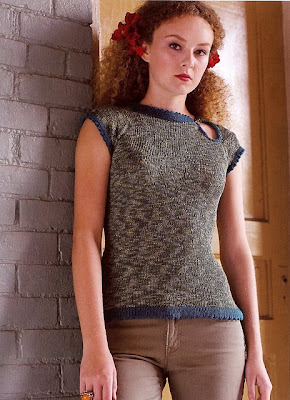
I'm having 9 guests for Thanksgiving dinner tonight. Scott's in charge of the capon. I'm the baker. (We don't like to mess with the holiday cooking stereotypes, as you can see...)
Yesterday I made a
streusel coffee cake (the second in a week), from my stand-by recipe - which is as beautiful to look at as to eat. Vis a vis the ongoing recalibration, I do feel compelled to tell you, in brief, that I ate but one small piece of the first cake (do you know, it's a sin not to eat beautiful baked goods you make yourself?) and I intend to eat whatever I like today. It
is Thanksgiving, after all.
This morning, I finally tried my hand at the
flan boulanger I have referred to on a few
occasions. I will serve it with a simple raspberry garnish.
The recipe is one of Michel Roux's, from
Pastry: Savory and Sweet, a book which I cannot recommend enough. Whether you are a novice or a seasoned baker, this book clearly articulates the steps in making perfect pastry and it does so in lovely, spare French-style. As I've mentioned many times, the keys to making pastry are the right ingredients, the right equipment and the right frame of mind. There is no mystery - but there
is alchemy.


The custard is made from a lightly boiled vanilla bean milk mixture added to a thickening mixture, which includes eggs... This one (and the purist snob in me is slightly huffy) makes use of flour
and a tbsp of custard powder (essentially corn starch, sugar and colouring). I'm amazed a fancy French chef condones the use of powder, nay, instructs it! Hey, if it works...

This is the parbaked crust. You can see the initial shrinkage (see below for explanation). The reason you prick the base is to encourage even cooking. It allows steam to escape without puffing up the pastry. That, in addition to blind baking with parchment atop of which you place weight (rice, beans, stones etc.) will ensure a level end result.


And here's the finished product!
I didn't have a lot of time to let the dough rest, unfortunately, as I'm sharing the oven today. As a result, it shrank more than I'd like and looks a bit crass - despite a secondary rest period in the fridge, after rolling but before baking. I expected that; resting allows protein chains to relax, which mitigates shrinkage, and can have potential implications on the finished texture. To work around, I left extra overage at the top of the tart pan - that in addition to the overage caused by pinching the dough. You can see, it really needed it. As it is, the crust-edge is wildly uneven. Not that it's going to matter when it's beautifully plated. And if it tastes awesome, I'll feel alright.
 This is the kid's Halloween costume - quite a production, let me tell you...
This is the kid's Halloween costume - quite a production, let me tell you...






























